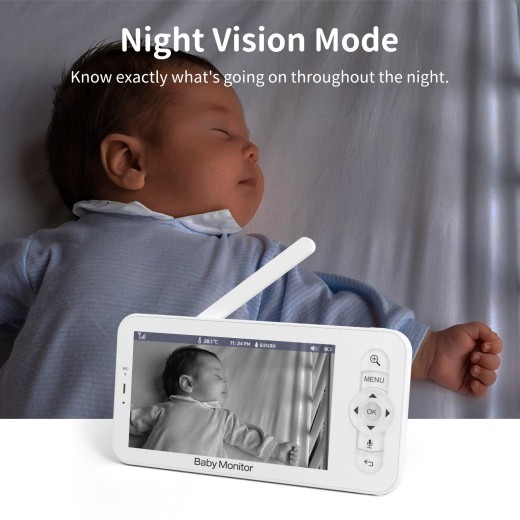




Anatomical Model Of Human Medical Ear
Approx $36.41 USD
Introduction to the Anatomical Model of the Human Ear
The Anatomical Model of the Human Ear is a comprehensive and realistic educational tool designed to provide an in-depth understanding of ear anatomy. This model covers the external, middle, and inner structures of the ear, including the outer ear, ear canal, ossicles, and cochlea, making it an essential tool for studying hearing, balance, and ear health. Suitable for students, healthcare professionals, and educators, the ear model is perfect for anatomy classrooms, audiology labs, and ENT clinics across New Zealand. With accurate detailing, this model is invaluable for exploring the complexities of ear function and common ear-related conditions.
H2: Key Features of the Anatomical Model of the Human Ear
1. Detailed Representation of Ear Anatomy
This model offers a realistic depiction of the three main parts of the ear—outer, middle, and inner ear—showcasing essential components like the pinna, ear canal, tympanic membrane, ossicles (malleus, incus, stapes), and cochlea. Each section is crafted with accuracy to provide a practical view of the ear’s structure, helping users understand how sound is transmitted and processed within the ear. This detailed representation is crucial for studying auditory anatomy and the mechanics of hearing.
2. Cross-Sectional View for In-Depth Study
The model often includes a cross-sectional design that allows users to see the inner workings of the ear, including the cochlea, auditory nerve, and Eustachian tube. This cross-sectional view provides insight into how sound waves are converted into electrical signals that are sent to the brain, as well as how the ear maintains balance. This feature is especially useful for understanding the full auditory pathway and for visualizing inner ear disorders.
3. High-Quality, Durable Construction
Made from high-grade, non-toxic materials, the Anatomical Ear Model is designed for durability and frequent handling in educational and clinical settings. Its robust construction ensures it retains its shape and detail over time, making it ideal for anatomy classrooms, audiology labs, and ENT practices. The high-quality materials ensure a reliable resource for long-term educational use in New Zealand.
4. Color-Coded and Labeled Parts for Easy Identification
To facilitate learning, the model includes color-coded sections that make it easy to identify different parts of the ear, such as the outer ear, ear canal, ossicles, and cochlea. Labels provide clear guidance on key structures, making it especially beneficial for beginners and visual learners. This color-coding enhances comprehension and helps users understand the various components and functions within the ear.
5. Compact and Display-Ready Design
The ear model is designed to be compact and portable, making it easy to display on desks, shelves, or demonstration tables in classrooms, clinics, and labs. Its stable base keeps it secure during study sessions or demonstrations, allowing for flexible use in different educational environments. This display-ready feature makes it a versatile tool for educators and healthcare providers across New Zealand.
H2: Why Choose the Anatomical Model of the Human Ear?
1. Essential for Anatomy and ENT Education
This ear model is an indispensable tool for teaching ear anatomy, particularly for students in medical, audiology, and health sciences programs. For students studying otolaryngology, audiology, or general anatomy, the model provides a clear view of ear structures and their functions. It bridges the gap between theoretical knowledge and hands-on learning, making complex ear anatomy more accessible.
2. Ideal for Audiology and Hearing Health Training
The model is invaluable for training in audiology and hearing health, providing insight into how the ear processes sound and maintains balance. Trainers can use the model to explain how sound travels through the ear, how the ossicles amplify sound, and how the cochlea and auditory nerve contribute to hearing. This model serves as an educational aid for discussing ear functions and disorders, supporting comprehensive learning in related fields.
3. Supports Visual and Kinesthetic Learning
The model caters to both visual and kinesthetic learners, providing a hands-on experience that enhances engagement and understanding. The color-coded sections support visual learning by highlighting each part of the ear, while the realistic design allows kinesthetic learners to explore the structure directly. This interactive approach makes learning about ear anatomy more effective and memorable.
4. Valuable for Exam Preparation and Practical Assessments
For students preparing for exams or practical assessments, the Ear Model serves as a valuable study aid. Its detailed anatomy and labeled parts make it easy to review key structures, reinforcing essential knowledge for anatomy and physiology exams. Medical students and audiology trainees benefit from this hands-on approach to studying ear anatomy, enhancing retention and confidence.
5. Educational Display for Clinics and Classrooms
Beyond its educational function, the Anatomical Ear Model serves as an informative display for clinics, classrooms, and healthcare facilities. In clinical settings, it provides a helpful visual aid for explaining ear health, hearing mechanisms, and related conditions to patients. For educators and healthcare providers in New Zealand, this model promotes a better understanding of ear health and preventive care.
H2: Maintenance and Care Tips for Your Anatomical Model of the Human Ear
To keep your model in excellent condition, follow these care tips:
-
Dust Regularly: Use a soft cloth or brush to remove dust from the model, particularly around intricate areas. Regular
cleaning preserves the model’s appearance and prevents dirt buildup.
-
Avoid Direct Sunlight: Display the model away from direct sunlight to prevent colors from fading over time. Indoor
placement helps maintain its quality and vibrant look.
-
Handle with Care: Although durable, handle the model gently to avoid damaging delicate parts, especially if it includes
fine details like the ossicles and cochlea.
- Store Properly When Not in Use: When not displayed, store the model in its original packaging or a dust-free area to protect it from potential damage. Proper storage helps extend the model’s lifespan for long-term educational use.
Product information:
Product name: Anatomical model of table ear
Product Description: Displays the outer, middle, and inner ears. 1:1 ratio, naturally large. With base
Size: 12 * 8 * 9CM
Packing list:
Ear mold * 1















.gif)















.jpg)



























.jpg)








































.jpg)









.jpg)


ulva-Logo.jpg)



